While excavating in the square outside the Archbasilica of St. John Lateran, researchers found a sprawling site with defensive fortifications that likely represents the remains of the historic complex known as the Patriarchio.
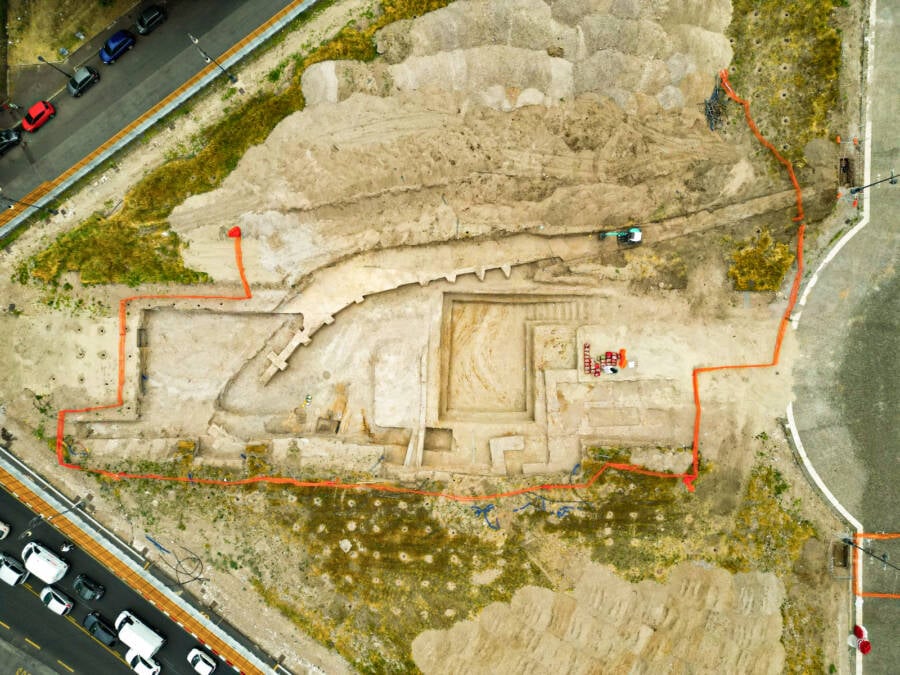
Italian Ministry of CultureThe palace was probably built starting in the ninth century C.E.
Popes have lived at the Vatican for centuries, to the point that it seems as though it’s always been that way. But it wasn’t always the case. And now, archaeological work in Rome may have turned up the remains of an ancient palace where the popes lived long before the Vatican was established.
This discovery is a reminder of the early, tumultuous history of the Catholic Church, and may shed new light on the dramatic relocation of the papacy during the Middle Ages.
The Discovery Of This Long-Forgotten Papal Palace In The Center Of Rome
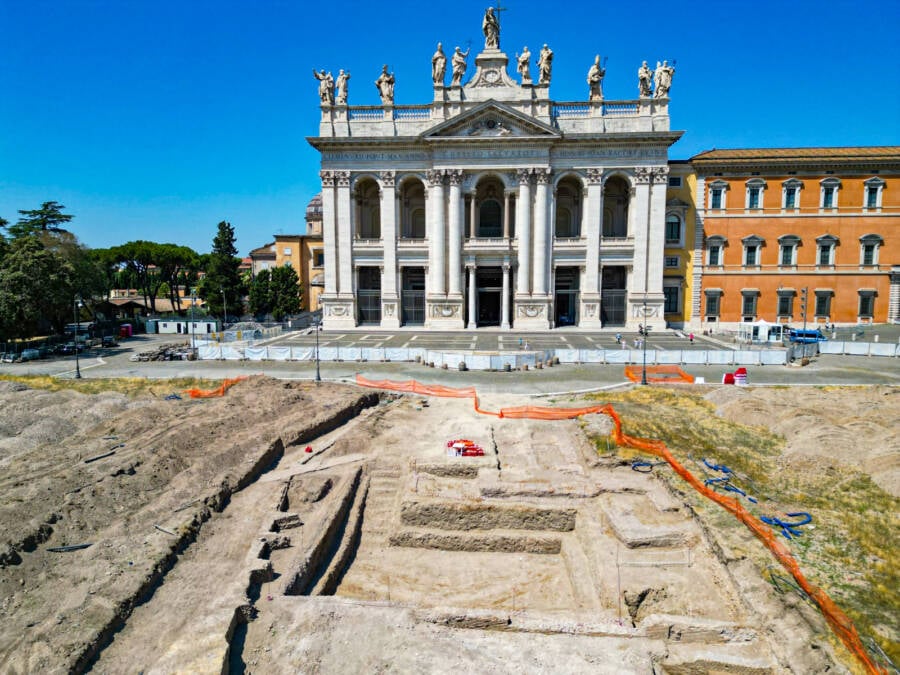
Italian Ministry of CultureThe newly discovered structure as seen near the Archbasilica of St. John Lateran.
According to a statement from the Italian Ministry of Culture, the curious structure was discovered during excavations of a piazza near the Archbasilica of St. John Lateran in central Rome. The structure includes walls that may have once protected the Patriarchio, a grand basilica designed by Constantine the Great, a fourth-century Roman emperor.
Though the walls date to between the 9th and 13th centuries, the basilica was likely constructed soon after 312 C.E., when Constantine converted to Christianity. The fortifications may have protected a castle or another papal structure, which served as the papal seat for centuries.
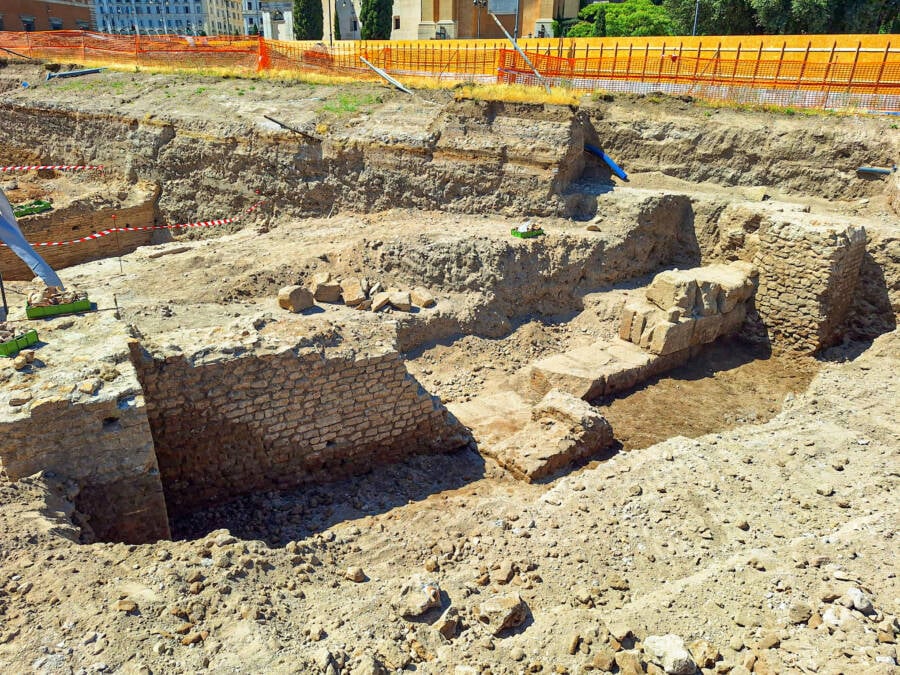
Italian Ministry of CultureA closer look at the papal structure, which was unearthed in the center of Rome after being forgotten for centuries.
“[I]t is a structure that could have served both as a defensive wall for the papal residence and as a support for the slope that characterized the Lateran area in ancient times,” the ministry statement explains. “In light of the different building techniques found, its construction can be dated to the 9th century C.E. and it was the subject of various restoration and reconstruction interventions until at least the 13th century.”
As the ministry statement notes, the wall was probably very necessary — because life in Rome between the 9th and 13th centuries could be dangerous.
The Dramatic History Of The Papacy In The Medieval Era
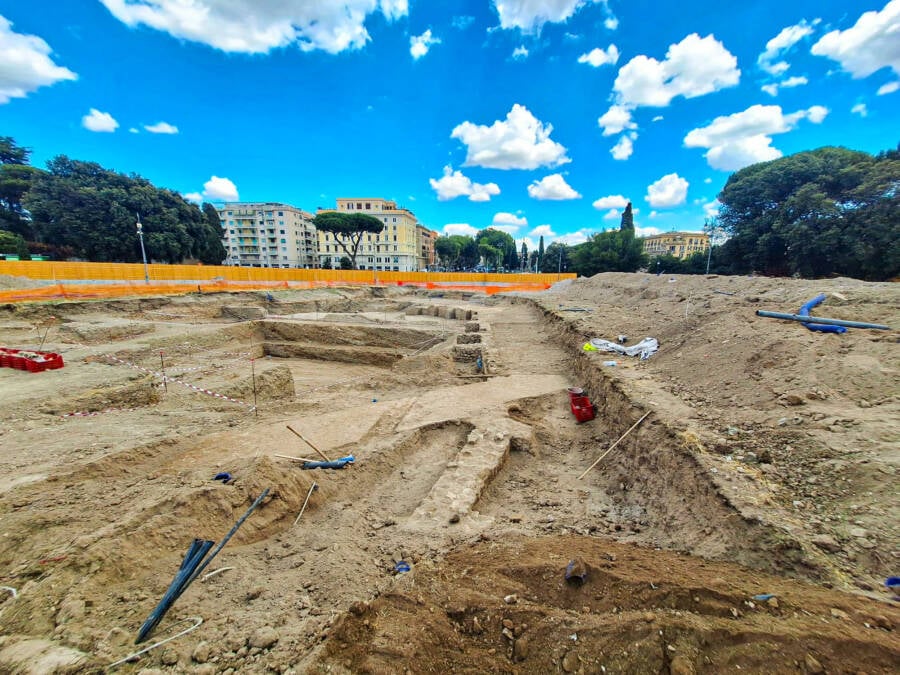
Italian Ministry of CultureThe walls were probably built between the ninth and 13th centuries.
According to the ministry statement, the rediscovered structure near the Archbasilica of St. John Lateran was likely constructed during a volatile era in Rome’s history. It was built during at time when Rome was threatened both by invasions from the Near East and “sometimes violent” struggles between aristocratic families in the city itself.
“Hence the hypothesis that this mighty wall, also due to its shape, had the function of a defensive wall around the complex of the Basilica and the annexed buildings,” the ministry explains.
The structure itself housed popes until 1305, when the papacy was transferred to Avignon, France. Between 1309 and 1377, seven popes presided from Avignon, before the papacy was transferred back to Italy. At that point, a defensive structure was no longer necessary and the area was abandoned.
“After the Avignon captivity, following the return of the pontiffs to Rome and the transfer of the papal seat to the Vatican, the need for a structure to defend the Patriarchate ceased,” the ministry statement explained. “Consequently, the wall lost its functionality and was demolished and buried, and all memory of it was lost.”
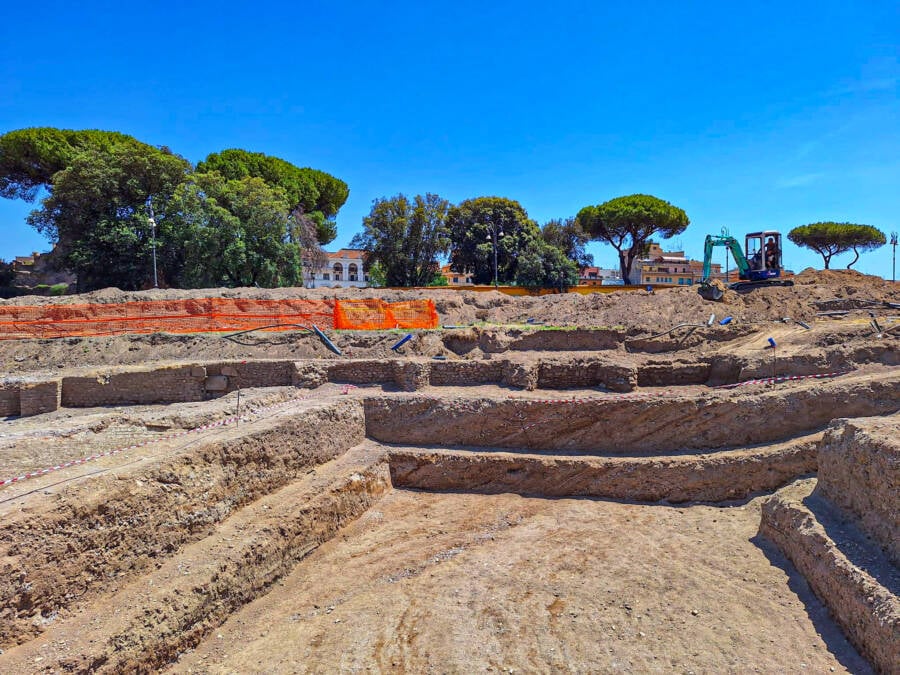
Italian Ministry of CultureAfter the papacy returned to Italy from France in 1377, the structure was abandoned and ultimately forgotten.
That is, until now. This rediscovered structure tells a fascinating story about Rome and about the papacy.
“The new discoveries in Piazza San Giovanni in Laterano are yet another demonstration of the richness of the territory of Rome, an inexhaustible mine of archaeological treasures,” the Italian Minister of Culture, Gennaro Sangiuliano, declared in the statement. “Every single stone speaks to us and tells its story: thanks to these important discoveries, archaeologists will be able to learn more about our past.”
After reading about the remains of the papal palace unearthed in Rome, look through these fascinating facts about life in ancient Rome. Then, go inside the complicated question of how and why the Roman Empire collapsed.





